Return on Investment on Energy Efficiency Implementations
NIzerifin
7 years ago
Featured Answer
Sort by:Oldest
Comments (49)
User
7 years agojust_janni
7 years agoRelated Discussions
Energy efficiency upgrades � what is worth it?
Comments (58)Sorry for that UT A&M article, its a tough read but in the conclusion, does refer to energy loads. This one Iam linking to now is more appropriate, informative and easy to read. Author John Straube needs no introduction in the building science community. Its a good article for anyone building a home that explores air infiltration impacts on homes other than energy use. On infiltration's impacts to energy use related to HVAC, he agrees with wickipedia too: 1/3. Verifying Airtightness with blower doors saves energy, prevents rot and helps ensure we have CONTROL over mechanical ventilation. Manual J is an amazing tool. Its incredible how accurate it can be in the hands of a skilled user. I dont think Manual J or other energy software results are being used appropriately when extremely detailed outputs from limited samples involving many variables with built in fudge factors are being used to talk the community into building below energy code minimums. Here is a link that might be useful: Building Science.com link; Air Leaks--How they rot homes and waste money This post was edited by Brian_Knight on Tue, Feb 5, 13 at 22:19...See MoreHow important are energy considerations to your build choices?
Comments (20)Our house is in the planning phases. I have my idea/inspiration binder and wish list, and have just started to interview architects. Are you building smaller to compensate? Yes, 2500 sq ft (max), which is small in my area for a nicer home. It is for me, DH and 3 active boys. Current house is a 3100 sq ft walk out ranch, but I'd say 90% of our time is spent on the main level which is maybe 1750 sq ft. So one could argue that we're not building smaller. This will be all on one level except for an "away" or reading loft above the main living area. Are you building with high-efficiency materials (ICFs? SIPs? Other super-insulation techniques)? Yes, depending on what can be delivered on our budget. Looking for the most bang for the buck. ICF or SIPs, geothermal heat/cool, passive solar features, concrete floors, highly insulated windows are all on our wish list. Also the ability to add features later like a wind turbine are important if they eventually would have a reasonable ROI. Want to reuse/repurpose and minimize construction waste whenever possible. Are you building closer to jobs than you otherwise might have, to reduce commuting distances? We are moving to 5 acres just outside of town. It reduces my husband's commute by 5 mins and adds 6 mins to mine. It would be a wash except it adds about 5 minutes to the time it takes to get to the grocery store and to any other in-town errands. I know one family living on five acres conspicuously contributing to suburban sprawl is not green. But there were houses already built (long ago) on either side of our parcel, and the land was not being farmed or anything before we bought it. It's been sitting there waiting for someone to build on it for years (previous owners held onto it but never built) -- so if we don't someone else will. How's that for rationalization! If you are doing any of the things I mentioned, or more / other (and please elaborate!), are you aware of so-called "Peak Oil"? Or are you doing it simply as a good investment (spend money now in the build, to reduce recurring costs)? Never heard of peak oil. We are doing this because it's the right thing to do, and certainly energy costs are not going down. Basically I don't feel a need to heat and cool space that is rarely used. We live a very informal life....See MoreMy analysis of the costs & benefits of energy efficiency systems
Comments (2)Oops, somehow I used 'Y' instead of 'Φ'....See MoreWhen energy efficient options on a build cost so much more.
Comments (25)Our PV system cost us $8k out of pocket to install, provided $904 worth of electricity in the last year, and I just cashed a check on our first year of SREC sales of $1600. I don't expect the SREC numbers to stay anywhere near that high, but thats an ROI that blows away any other investment I have made. It should continue to crank out that power for the next 20-30 years. You may or may not agree with the public policy aspect of the subsidies provided, but as a homeowner you can't beat it with a stick. Last summer we ran up a $2200 bill for water, keeping a relatively small lawn alive (not something I would have done had I known!). If I had any intention of using that level of water a $10k investment to recycle would probably make a lot of sense. Not to me though; the lawn is on its own! We insulated and sealed the heck out of our place. Keeping the old house at 45 degrees for the winter before we began remodeling cost $1600 in oil. After doubling the size of the house and turning the thermostat up to 68 our gas bill was under $800 for the winter, with a bunch of sealing yet to complete. The payback will be much longer, but we also get the benefit of a very comfortable space, without the drafts int he old house. The beauty of insulation is that it should continue to provide that benefit for the next century plus, with no additional investment over that period. (Plenty of 2-300+ year old houses in the neighborhood, chances are good the house will survive). I expect my payback (taking opportunity cost into account) to be long, real returns of a few percent a year, with my heirs perhaps getting a better price for a quiet, well insulated house. I don't regret paying it forward in this way-- I appreciate the way our ancestors built with quality, and have a lot of satisfaction from creating a property that will be enjoyed for generations to come....See Morecpartist
7 years agoOaktown
7 years agomushcreek
7 years agoSpringtime Builders
7 years agolast modified: 7 years agolazy_gardens
7 years agoUser
7 years agomushcreek
7 years agoUser
7 years agoCharles Ross Homes
7 years agoNIzerifin
7 years agoenergy_rater_la
7 years agoVirgil Carter Fine Art
7 years agocpartist
7 years agoVirgil Carter Fine Art
7 years agocpartist
7 years agobry911
7 years agoenergy_rater_la
7 years agoDavid Cary
7 years agojust_janni
7 years agomushcreek
7 years agobry911
7 years agoAm E
7 years agoAm E
7 years agoFred M
7 years agomushcreek
7 years agorwiegand
7 years agobry911
7 years agoBT
7 years agolast modified: 7 years agoCharles Ross Homes
7 years agoBT
7 years agolast modified: 7 years agobry911
7 years agolast modified: 7 years agorwiegand
7 years agojust_janni
7 years agobry911
7 years agolast modified: 7 years agoUser
7 years agoSpringtime Builders
7 years agolast modified: 7 years agobry911
7 years agolast modified: 7 years agoschreibdave
7 years agojust_janni
7 years agoAm E
7 years agojust_janni
7 years agoschreibdave
7 years agobry911
7 years agolast modified: 7 years agoCharles Ross Homes
7 years agomushcreek
7 years ago
Related Stories

GREAT HOME PROJECTSHow to Install Energy-Efficient Windows
Learn what Energy Star ratings mean, what special license your contractor should have, whether permits are required and more
Full Story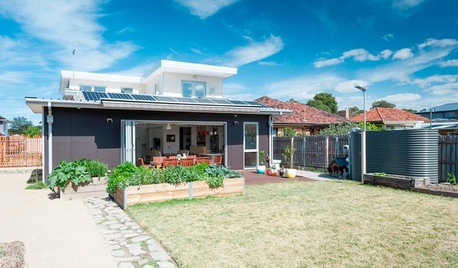
GREEN BUILDINGHouzz Tour: An Energy-Efficient Home for 3 Generations
This Australian house takes sustainability and accessibility to a new level
Full Story
LIGHTINGThe Lowdown on High-Efficiency LED Lighting
Learn about LED tapes, ropes, pucks and more to create a flexible and energy-efficient lighting design that looks great
Full Story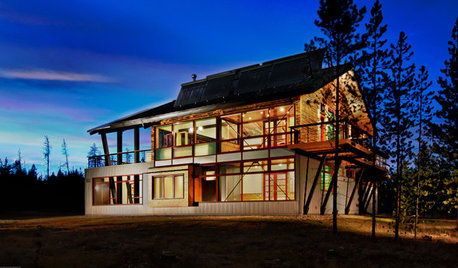
GREEN BUILDINGZero Net Energy: A Hardworking-House Term to Know
Homes that consume only as much energy as they produce by renewable means are a goal for builders. Learn what ZNE means for you
Full Story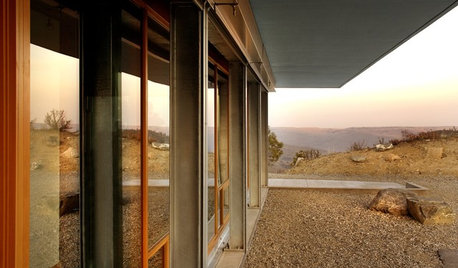
GREEN BUILDINGOff the Grid: Siting and Building to Conserve Energy
Look to low-tech solutions for big energy savings when you’re constructing a home
Full Story
GREAT HOME PROJECTSUpgrade Your Windows for Beauty, Comfort and Big Energy Savings
Bid drafts or stuffiness farewell and say hello to lower utility bills with new, energy-efficient windows
Full Story
GREEN BUILDINGHouzz Tour: See a Concrete House With a $0 Energy Bill
Passive House principles and universal design elements result in a home that’ll work efficiently for the long haul
Full Story
KITCHEN DESIGNSmart Investments in Kitchen Cabinetry — a Realtor's Advice
Get expert info on what cabinet features are worth the money, for both you and potential buyers of your home
Full Story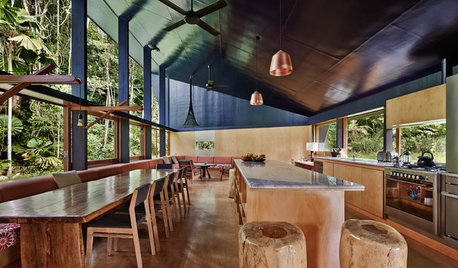
HOUZZ TOURSWorld of Design: 9 Energy-Smart Australian Homes
With their innovative features and diverse surroundings, these 9 award-winning homes have struck gold on the Aussie design stage
Full Story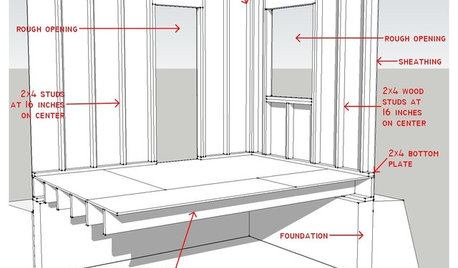
REMODELING GUIDESKnow Your House: Components of Efficient Walls
Learn about studs, rough openings and more in traditional platform-frame exterior walls
Full Story


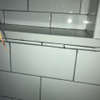


User